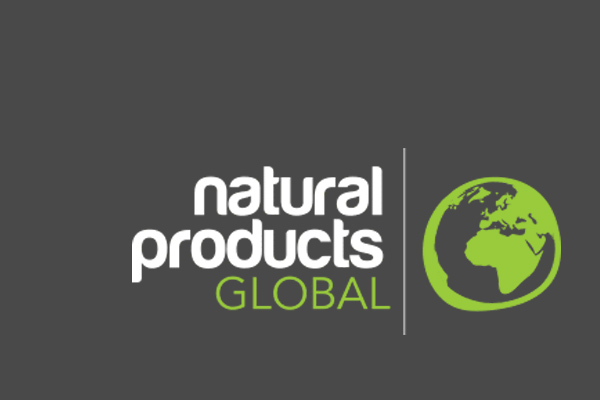Time to Think Outside the Bottle

Infant formula is the only processed food which humans are encouraged to consume, several times a day during a critical period of growth and development. It’s time to start thinking outside of the bottle, says Pat Thomas
A new report out this week has highlighted how far we have failed to come in the last 35 years when it comes to infant feeding.
Against a backdrop of falling breastfeeding rates, Milking It, by Changing Markets Foundation, looked at the composition of infant formulas around the world – and the price differentiation for different products in different markets. Its conclusion is that most formulas are not based on sound nutritional science and that formula manufacturers are taking advantage of a captive and often anxious consumer base to charge whatever the market will bear for their products.
The report also exposes the way manufacturers capitalise on an increasingly connected world to essentially spy on mothers’ social media and orient their marketing and language accordingly. It makes for grim reading.
If you care about food and health then you should care about this issue. You should understand the implications of what’s been called an “unprecedented” shift in infant feeding where only 35% of children globally are now exclusive breastfed for the first 6 months of life. The rest sup on a highly modified and processed product containing added synthetic vitamins, emulsifiers, fillers, preservatives and sugar.
Indeed infant formula is the only processed food which humans are encouraged to consume, several times a day for up to two years – and during a critical period of growth and development.
A market with no competition
The superiority of breastmilk as the only food truly suitable for human infants is a scientific fact. Yet sales of formula milk continue to rise.
One reason for this is that breastmilk isn’t a ‘product’. It is a living, dynamic, natural substance that does not require manufacture, processing, packaging, shipping or purchasing – though it could certainly benefit from the same serious investment in marketing that formula enjoys.
With many other types of products, alternatives such as ‘organic’ or ‘GMO free’ or ‘Fairtrade’ can enter the marketplace to challenge unsustainable production and marketing practices.
This doesn’t happen with infant formulas. Organic formulas, which still bring the same negative health impacts as the regular variety, simply sit beside non-organic as premium products in an expanded product range.
In this market, the only real competition is from other companies producing the same thing.
Milking It found that the top four infant formula companies produce more than 400 different products globally – this against a single recommended global standard set by Codex Alimentarius, which sets minimum requirements for levels of macronutrients and micronutrients in infant and follow-on formulas.
Unnecessary ingredients
Additives add such as omega fatty acids, prebiotics and probiotics and nucleotides, as well as niche products claiming to solve general conditions (allergies, constipation, sleeplessness) and products catering to wider consumer preferences and concerns (GMO or palm oil free, organic, added vanilla flavouring, etc.) are scientifically equivocal – at best – and not so much for babies’ benefit, but for a marketing advantage and to justify a premium price tag.
The health impact, not just in developing nations but in developed nations too, is staggering. After looking at more than 1,300 studies into infant feeding, a 2016 investigative series in the Lancet concluded that increasing breastfeeding rates could prevent 800,000 child deaths globally each year.
Think outside the bottle
No nation can rise above the health of its children. Infant formula should not be thrown into the free market milieu with all the other processed junk we eat because for children who are not breastfed it is a matter of survival.
The Changing Markets Foundation report suggests that the composition of infant formula should be informed by science not market research. The report also calls on authorities to ensure regular, independent monitoring of the nutritional quality and completeness of products, and that any unjustified health claims are removed from products. It recommends also that governments should introduce and enforce national legislation that fully implements the World Health Organization Code on the marketing of breast milk substitutes, as well as World Health Assembly resolutions.
But perhaps we should be even more ambitious and think outside the bottle, as it were: a single enforceable global standard for infant formula products; caps on prices at the till; restrictions on the number of products a manufacturer can produce (as has recently been introduced in China); a ban on completely unnecessary follow-on milk; and restrictions on the processes that can be used to produce ingredients, especially GMOs.
The issue of toxic marketing and advertising, too, must be addressed. The marketing of infant formula follows a trajectory very similar to that of cigarettes and alcohol and arguably requires the same political will and tough policy interventions to curb it.
As noted in The Lancet, there should be a complete ban on advertising via social media channels: ‘From tobacco, to sugar, to formula milk, the most vulnerable suffer when commercial interests collide with public health … Robust advertising regulation – covering all milk products for children up to three years, and banning social media promotion – is the next step to protect them.’
- Disclosure: Pat Thomas contributed research to the Milking It report
- To coincide with the report Sum Of Us, the global online campaigning platform, has launched a petition calling for Nestlé to make sure their infant milks are safe, nutritionally complete and based on science. You can sign on and share at this link
This blog first appeared on the Natural Products Global website.












